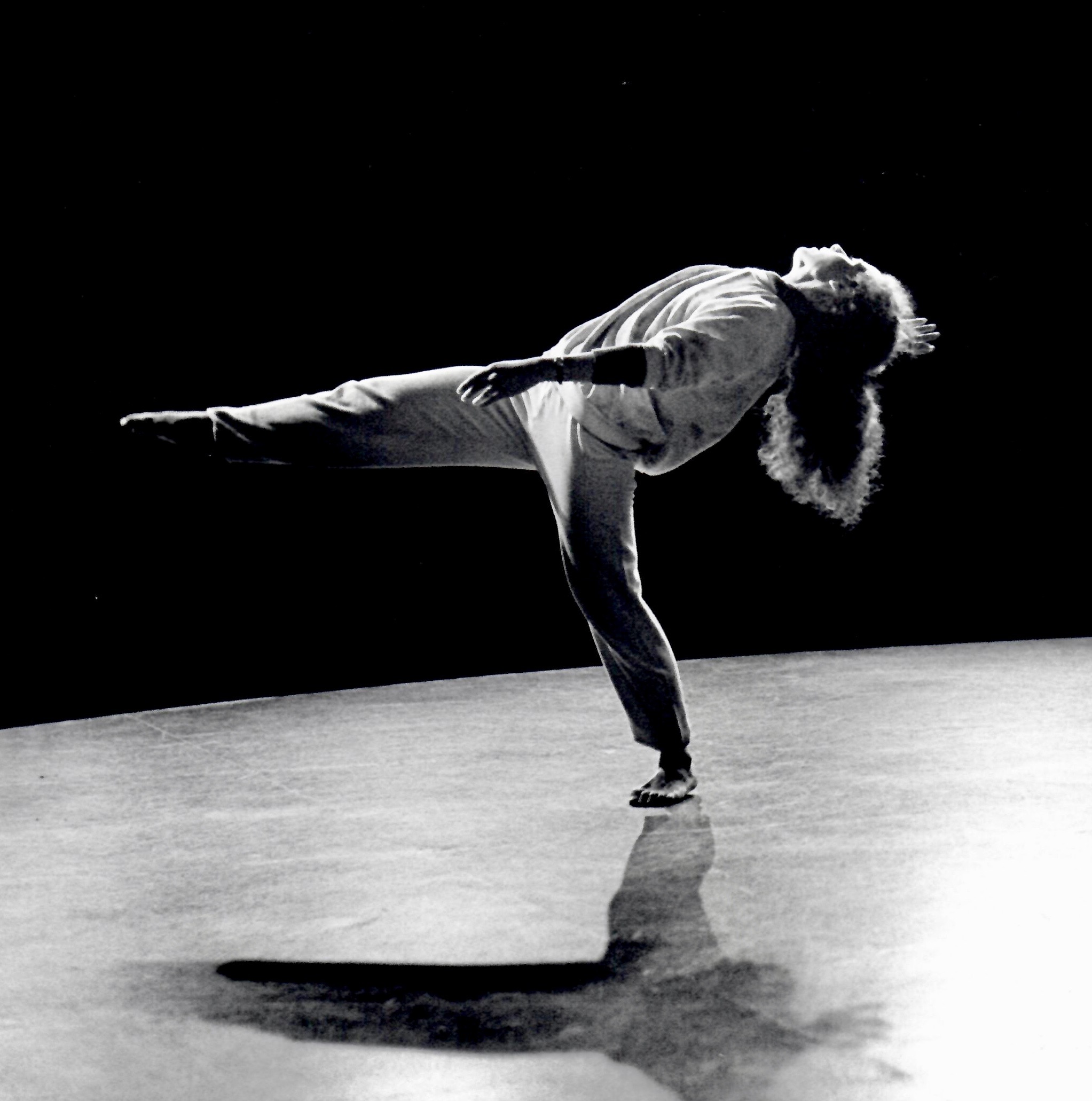When we planned on moving to Costa Rica, we had no idea of all the challenges we would face within the first 6 months of living here. I’m not talking about the adjustments to a new country, which we would have had moving at any time, or the surprise fire and earthquake. What I mean is COVID 19 and the heart failure that Murray is going through. Those are two things that are dominating day-to-day life and could not have been predicted back in November when we made the decision to move. A year ago this time, Murray and I were in the Tetons at Jenny Lake Lodge, and while we couldn’t do long hikes, Murray could do short hikes of a mile or so. Sometimes it is a challenge now for Murray just to walk from room to room and or spend 10 minutes walking in the garden.

And then there is COVID which has made it impossible for family and friends to visit. The borders are closed and it is unlikely that people from the U.S. will be allowed in anytime soon. We have no plans to return to the United States, as we feel safer here. So there is a real appreciation that we are able to communicate via FaceTime and Zoom, because no one knows when we will be able to do so “in person.”
Nearly every day here in Costa Rica, I find myself experiencing the four basic emotions that I sometimes explored when I led movement workshops. Sometimes one dominates more than another but generally in the course of any day I experience all four. They are: happy, sad, angry, scared. Dance and sometimes art have been wonderful vehicles for me to work through my feelings and in the process find appropriate outlets for my emotions. As I write this I am challenging myself to see what I can do here particularly using art as my means.
A few hours after writing these first two paragraphs a strong emotion began to surface so I got my watercolor pencils out and began expressing my feeling on paper. Soon the emotion began to pass and instead a deep fascination with the design elements dominated. Over the next day or so I totally enjoyed creating a small abstract design that had started with strong emotional feeling.

For years when I led movement workshops, exploring emotions through dance was often an important part of the program. The activities were carefully structured so that everyone in the group was safe both from getting caught up in the emotion and from interacting with another person in an unsafe way.
Confining space is a good tool to use. Ask each person to draw an imaginary circle around themself that gives them about three feet to move. For the duration of the exercise they are to stay inside their personal circle. Give them the following instructions, one at a time, giving them several minutes to improvise each one: 1) They are frustrated and angry at being confined to the space; 2) They have retreated to this space because they are afraid during a thunder and lightning storm; 3) They are very sad and this small space is safe play to express their sadness; and 4) It is during COVID 19 time and they have just received great news on their cell phone while outside with a friend practicing social distancing.
With an adult or teenage group, start by making a large circle. One person goes into the center of the circle and makes a shape (with their body) that expresses one of the four emotions. They hold that pose, while another person goes into the circle making a complimentary shape (relating to but without touching the first person) that also illustrates that same emotion. The first person leaves and the next person comes in making a shape of the same emotion, and so it continues with one person entering and another person leaving. This activity can be expanded by having the participants still enter the circle one at a time, but allowing a few participants to remain in place in the center at once, thus creating a larger “sculpture” of the given emotion. (If doing this, make sure participants take positions that can be held comfortably for a few moments.)
And of course exploring emotions can be taken to a whole different level as it was in the composition class that I took from Pearl Lang at Connecticut College Summer Program in 1960, where for the six weeks I created an anger study and a laughter study. Working from gestures, much as I had done in my first composition class with Helen Tamiris, the gestures were expanded into phrases and the phrases built into sections with Pearl coaching and insisting everything be believable. I remember being very excited to perform one of the studies in a Saturday workshop.
Recently we included exploring emotions as part of a film we made with women from a domestic violence program in Santa Fe. The film includes both leaders with a dance background and women who are exploring movement improvisation for the first time. Here’s a link to view it.
I feel so fortunate to have had practice in finding ways to express my emotions and not become overwhelmed by them. Indeed we are in very challenging times and we need to use all the resources we can!
[print_link]






